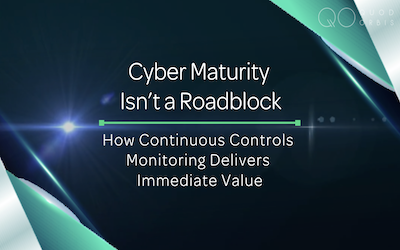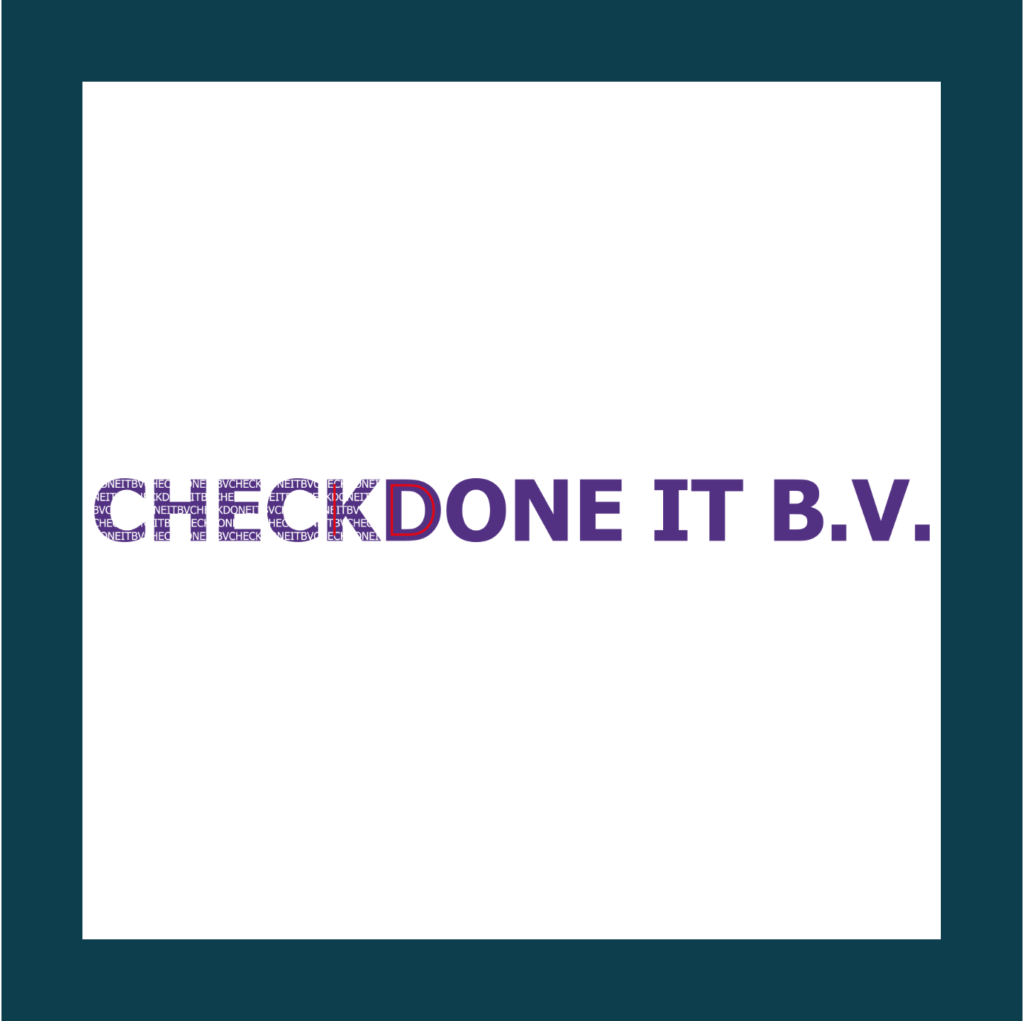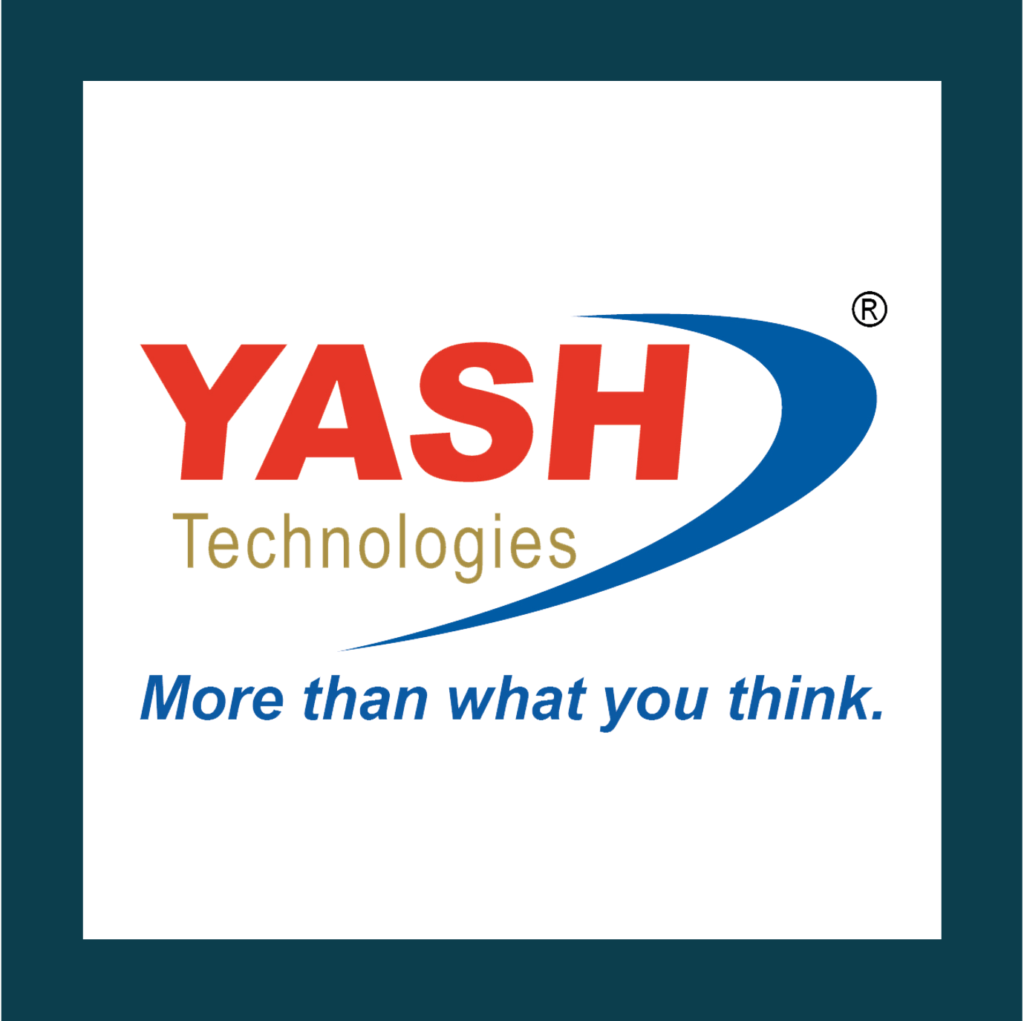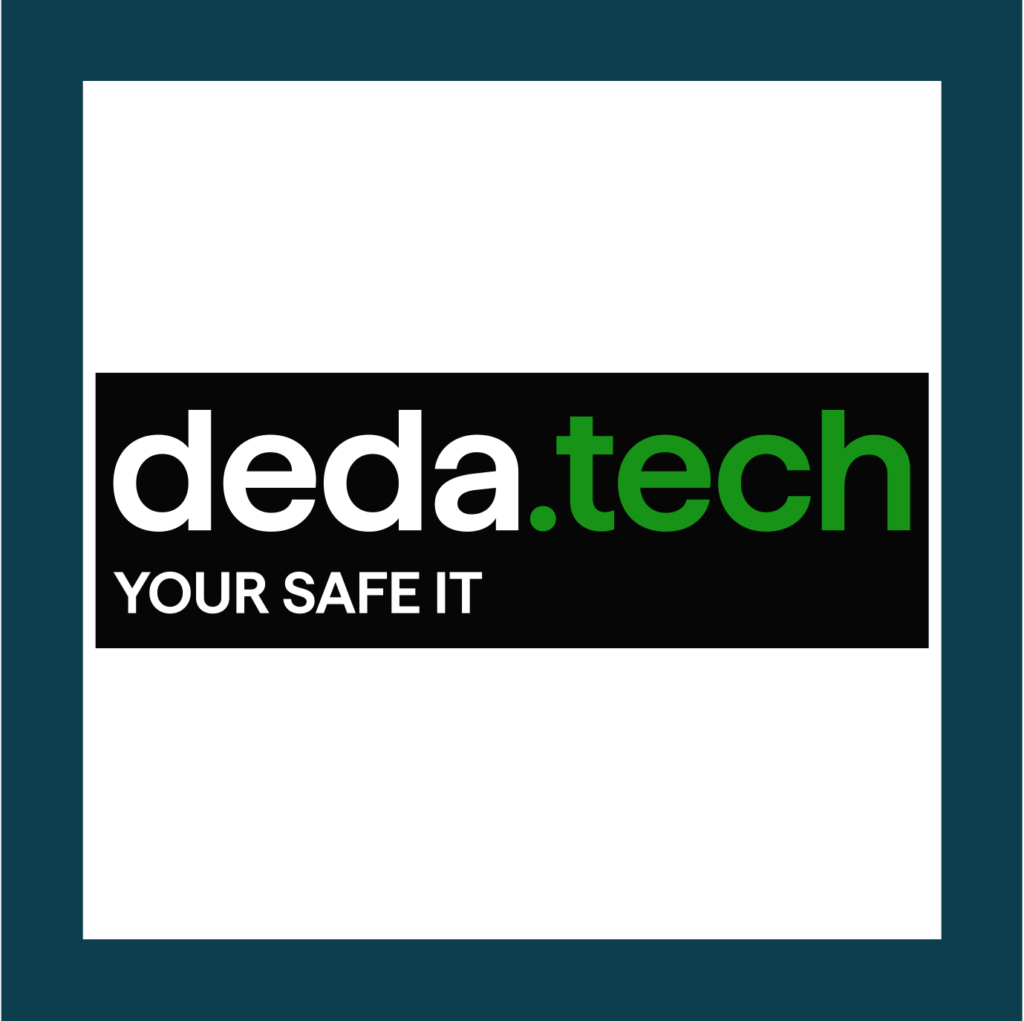
We recently in a blog and infographic focused on the Top 5 ways to prevent the impact of failing to comply with regulatory compliance. The impact is clear, regardless of the Regulation that you have to comply to. There’s the reputational damage, the potential legal implications, as well as the inevitable financial catastrophe that can happen.
Technology, and in particular automation, is going to play a gargantuan role in solving several key challenges that CISO’s and compliance professionals are going to face. These challenges include (but are not exhaustive):
- Having total visibility over your entire business ecosystem
- Being able to provide the attestations needed to confidently assure auditors that you are compliant
- The resources needed to gather the evidence
What’s should the right technology include to alleviate these challenges?
The number 1 control in any regulatory Compliance is always ‘Know your Assets.’. If an organisation only has part of the picture, then they can never be truly compliant.
So organisations need to identify the right technology in order to continually monitor their entire business ecosystem; this will be a crucial step in preventing severe repercussions of failing to comply with any regulatory compliance.
The key components your technology needs to have to ensure regulatory compliance:
Automation: Automation will be a key technology to implement as this will not only alleviate the manual, laborious efforts involved in collating all the necessary information to clarify compliance, but it will be an essential tool in alerting any deviations from the policy enforced and will allow for faster remediation from any cyber threats and noncompliance. Continuous Controls Monitoring and the newly coined acronym from Gartner Continuous Compliance Automation may differ in approach both essentially end up with ensuring that your organisation compliant with their regulatory compliance. Connecting to the organisations data sources – in Quod Orbis’ case that could be cloud, on-prem, legacy or bespoke, both can align to the policies in place for any regulatory compliance – both using automation as the key important ingredient in being able to obtain the attestations your organisation needs for compliance. The automation will also ensure that the policies you have in place for the regulatory compliance you have to adhere to and that with the real time monitoring below will ensure that any deviations are alerted to, significantly reducing the likelihood of non compliance.
Real-time monitoring: It is essential that you have continuous monitoring in your environment and in fact many regulations such as NIST and ISO 27001 are now insisting on the capability to continually monitor your business environment to ensure compliance. This will also identify compliance issues before they escalate and means remediation is accelerated, significantly reducing the cyber risk and thus noncompliance in your business.
The technology should ensure data integrity and security: We always say it, but data is king! The technology you implement should ensure the integrity and security of ALL your data. You will have technology that implements encryption, access controls and data loss prevention to ensure compliance with, for example, GDPR or HIPAA if you are in the healthcare industry. But you may have multiple pieces of technology fulfilling that role, so ensuring you have one piece of tech that pulls all that disparate technology together for a single source of truth into your data integrity and security will be of paramount importance going forward.
Technology that can produce the Audit Trail and Reports: The technology you use should assist in the audit trail documentation and reports. This should no longer be a laborious and lengthy process with point-in-time reporting, but instant and accessible at all times (and in real-time).
Proactivity in risk assessment & mitigation: The technology you use should support you in the process of risk assessment and mitigation – that’s really where the automation and real time information from connecting to your entire business infrastructure comes in. This will allow your business to be far more proactive than reactive when dealing with cyber risks and resolving them far quicker than ever before.
By implementing the right technology and continually monitoring their environment, organisations can proactively address compliance requirements, reducing the likelihood of severe repercussions such as fines, legal penalties, reputational damage or loss of customer trust due to non-compliance.
If you’d like to investigate our CCM platform take a look here
Do reach out if you would like to explore the platform in your own time as we now offer access for you to explore for yourselves!




















